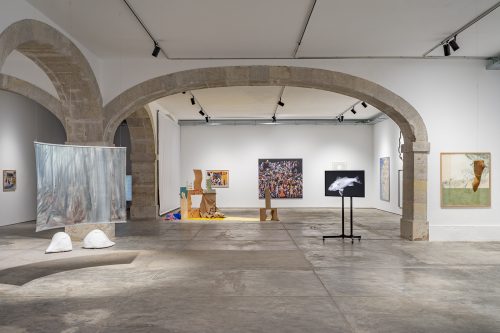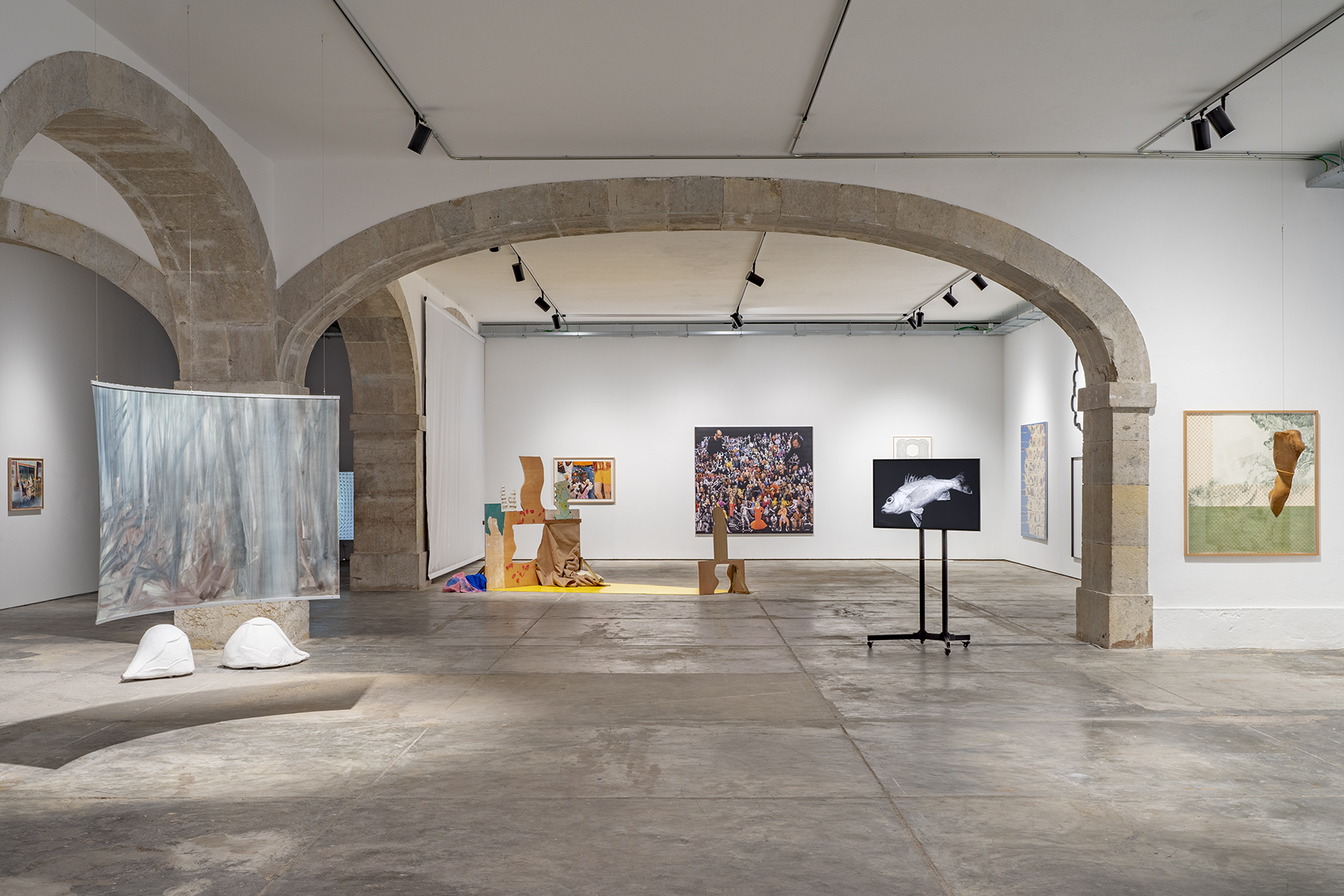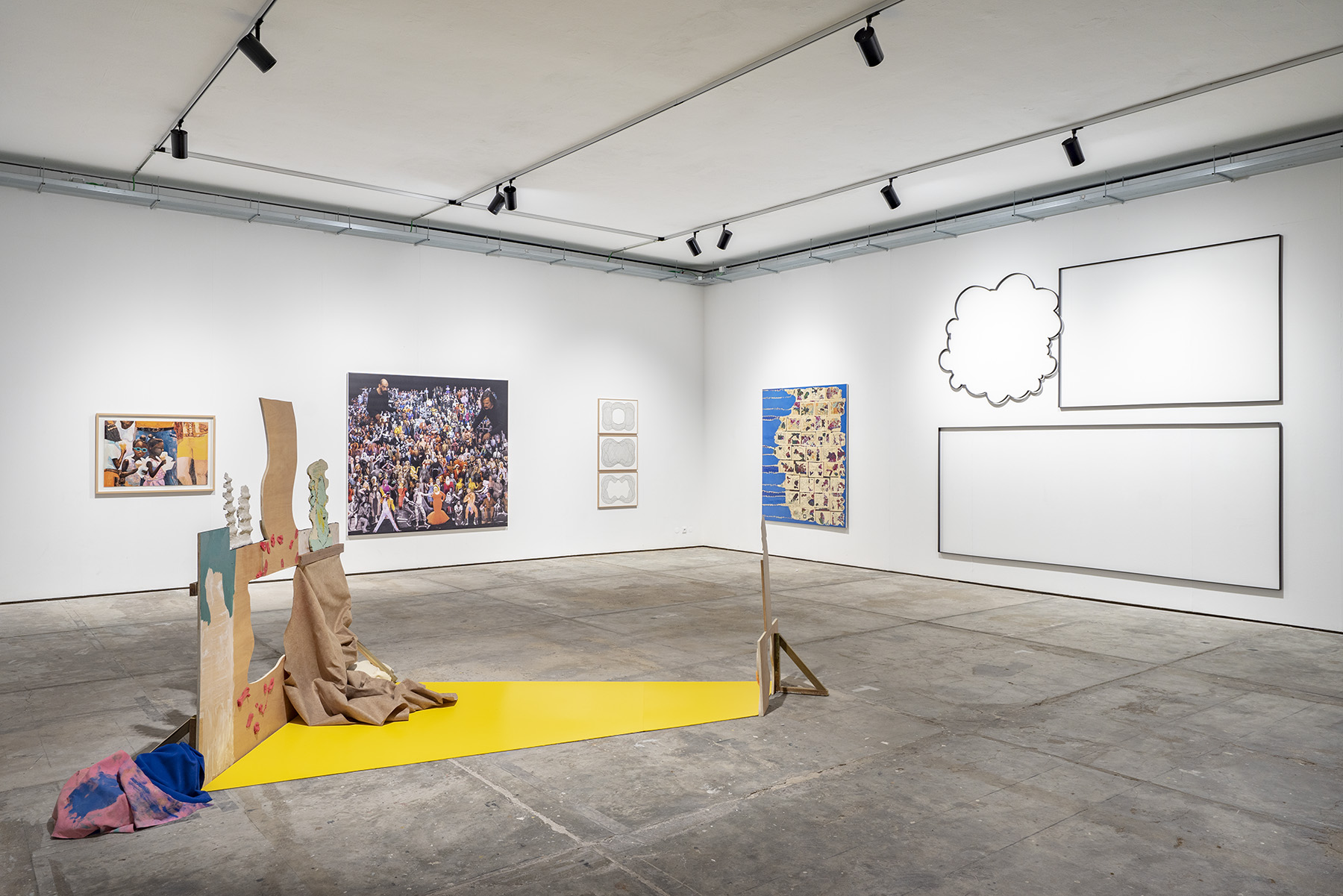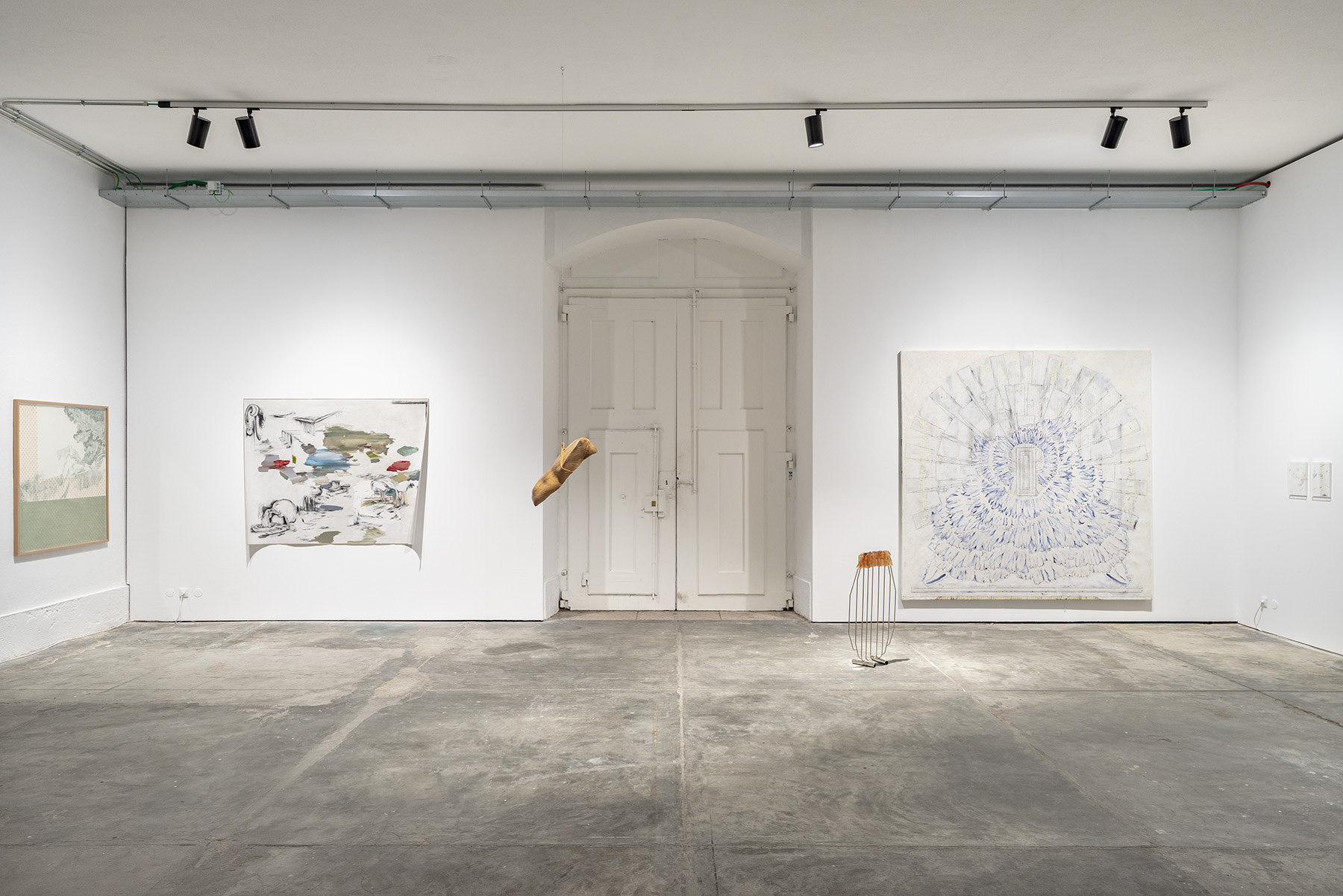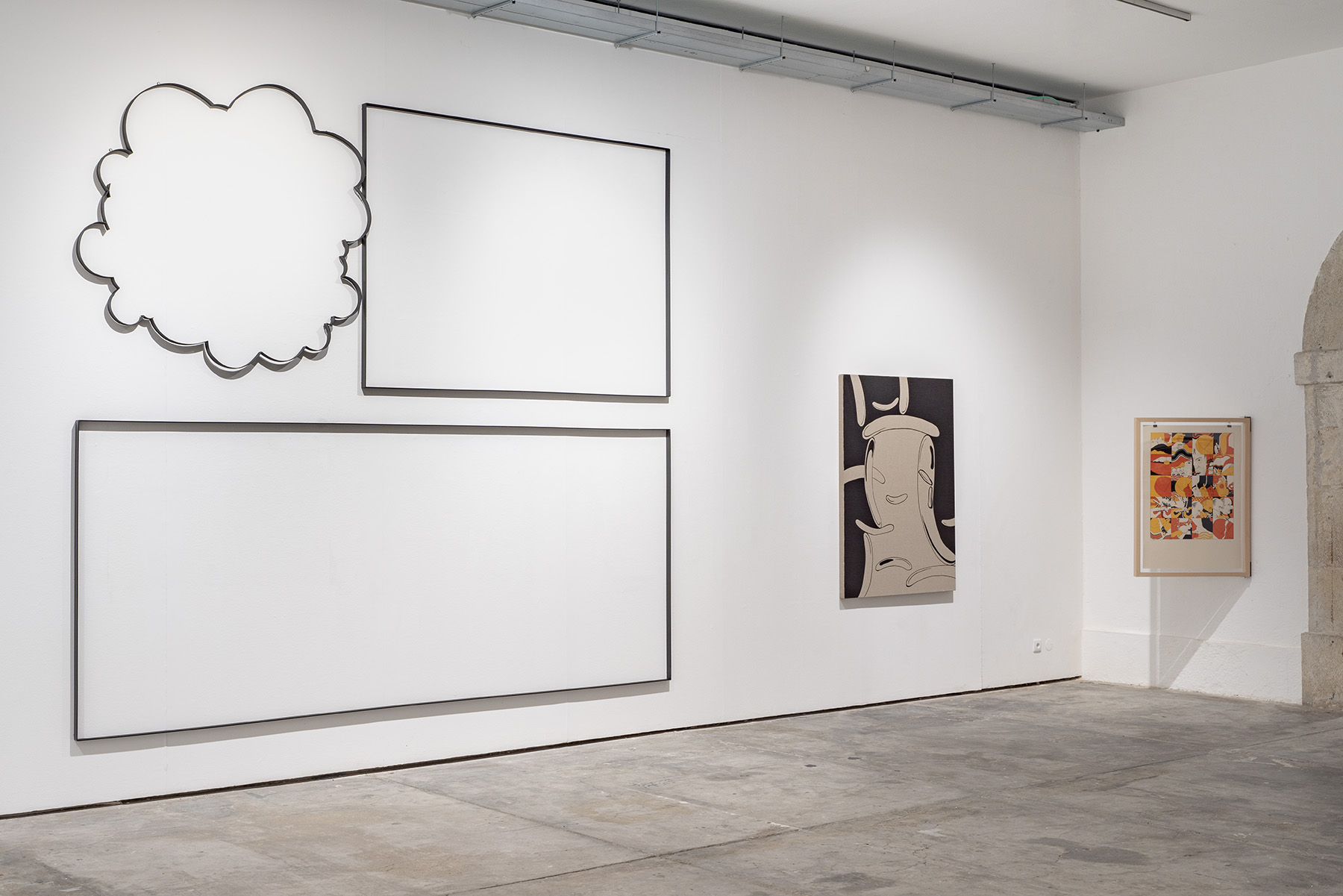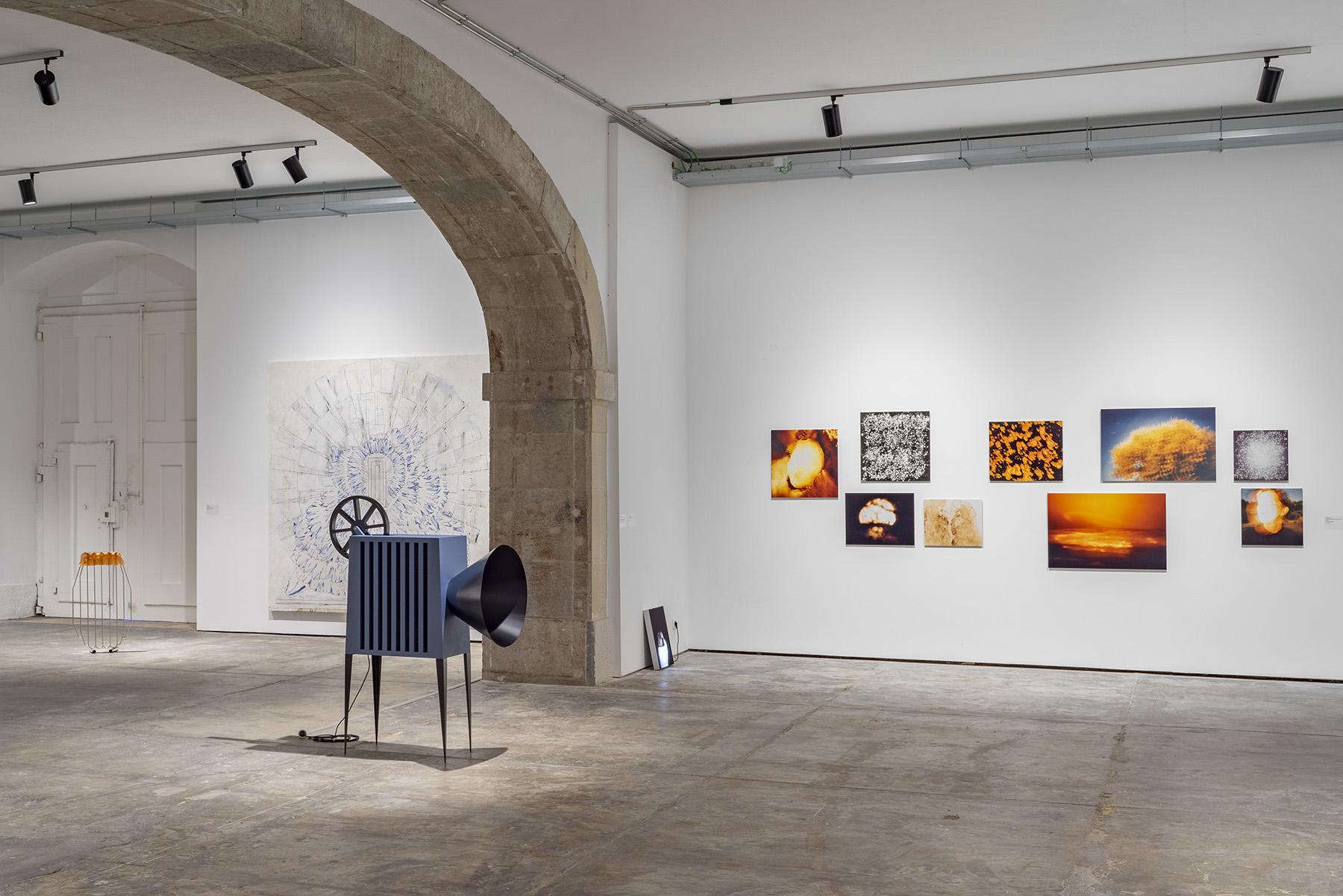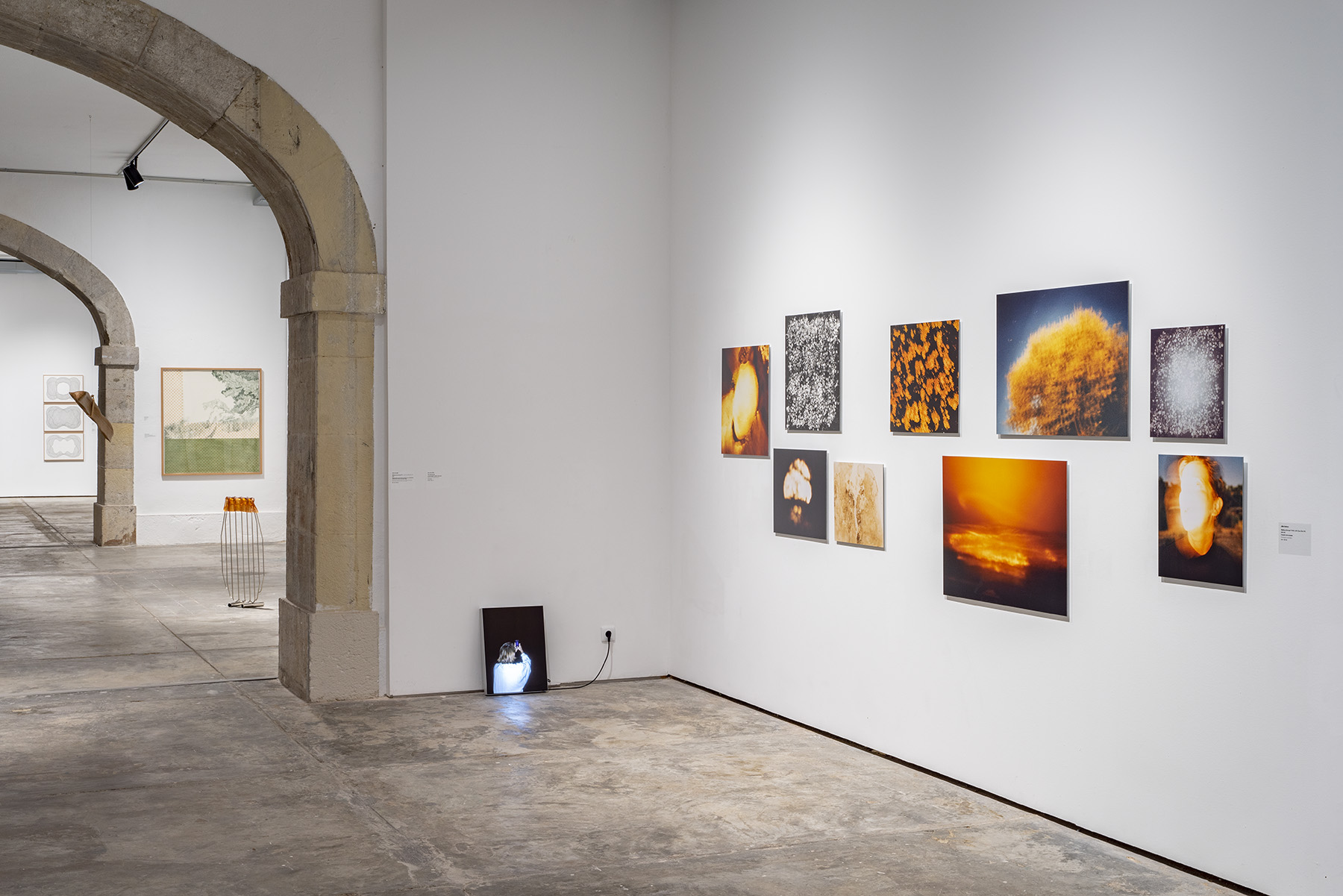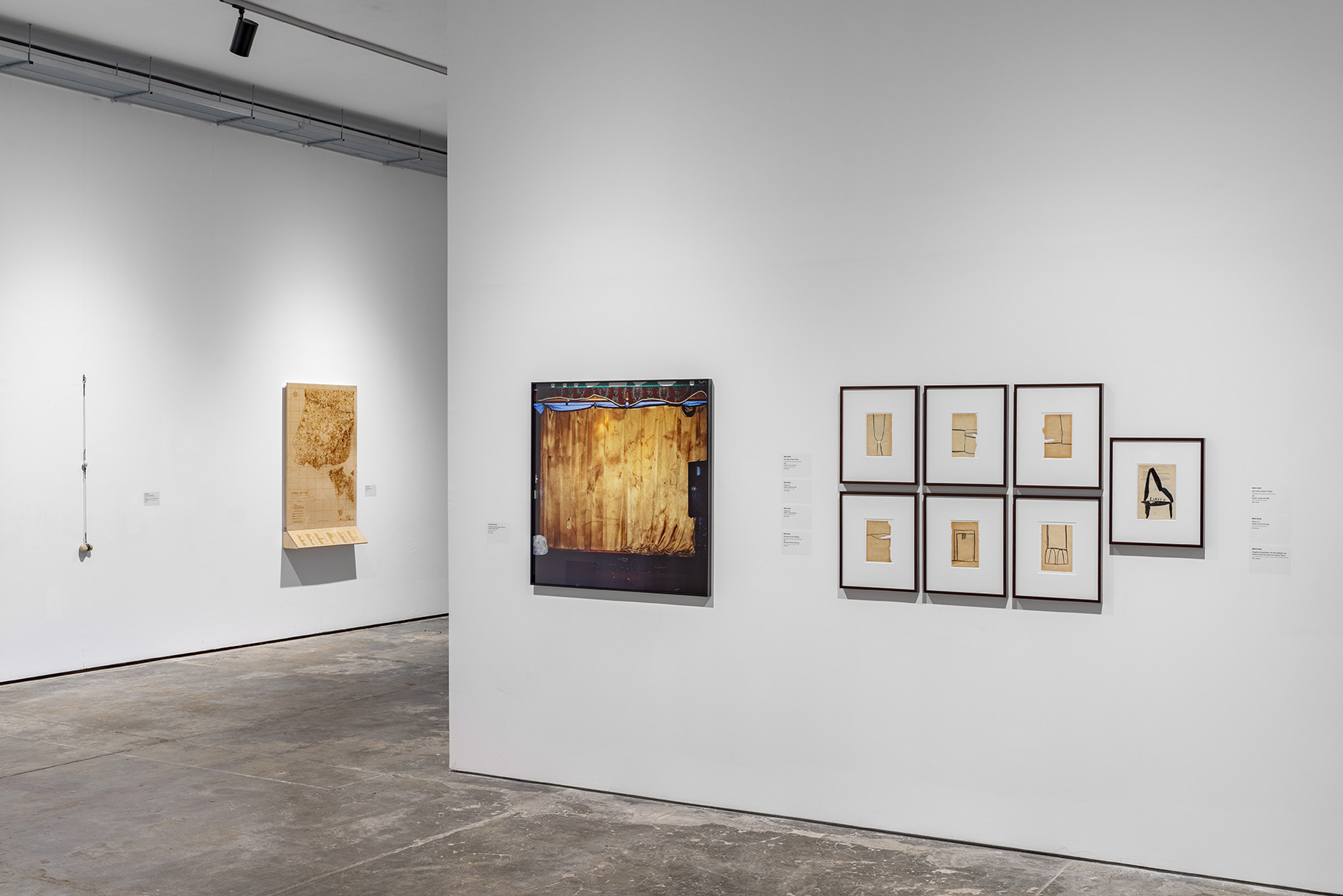– 28.05.2023
26.05 - 12am - 8pm
27.05 - 12am - 8pm
28.05 - 10am - 6pm
In parallel with ARCOlisboa 2023, the exhibition ‘AQUISIÇÕES 2021-2022. Núcleo de Arte Contemporânea da Câmara Municipal de Lisboa’ [ACQUISITION 2021-2022. Contemporary Art Collection of Lisbon City Council], to be held in the Torreão Nascente da Cordoaria Nacional / Galerias Municipais, showcases artworks acquired by the Lisbon City Council for its collection during the years 2021 and 2022 by a commission comprising Isabel Carlos, Miguel von Hafe Pérez, Sérgio Mah, Joana Sousa Monteiro (Museu de Lisboa) and Sara Antónia Matos (Atelier-Museu Júlio Pomar): Alexandre Estrela, Alice dos Reis, Ana Cardoso, Ana Jotta, Ana Mata, Ana Pérez-Quiroga, Ana Vidigal, António Júlio Duarte, António Ole, Beatriz Brum, Belén Uriel, Claire de Santa Coloma, Cláudio Garrudo, Diana Policarpo, Diogo Evangelista, Diogo Pimentão, Eugénia Mussa, Fernando Brito, Filipa César, Francisco Vidal, Gabriela Albergaria, Gil Heitor Cortesão, Gonçalo Barreiros, Gustavo Sumpta (work not exhibited for technical/space reasons) Hugo Brazão, Inês d’Orey, Isabel Carvalho, João Ferro Martins, João Pedro Vale e Nuno Alexandre Ferreira, Júlia Ventura, Luisa Cunha (work on loan to another exhibition), Mané Pacheco, Manuel Rosa, Maria Durão, Mariana Caló and Francisco Queimadela (work not exhibited for technical/space reasons), Mónica de Miranda, Paulo Lisboa, Paulo Quintas, Pedro Barateiro, Pedro A.H. Paixão, Pedro Tudela, Rui Chaves, Susanne Themlitz and Vasco Araújo.
Organised where possible according to aesthetic affinities and relationships that seek to consider the qualities of the space, as in previous exhibitions (in the TNCN, 2018, and the Atelier-Museu Júlio Pomar, 2021), this exhibition seeks to highlight the diversity and harmonious coexistence of varied themes and explorations in Portuguese contemporary art, inviting visitors to forge a direct relationship with the works recently acquired by Lisbon City Council for its Contemporary Art Collection.
The group presented here corresponds to the last two years of acquisitions and reaffirms the CML’s desire to continue to build and develop its collection, with a view to incorporating other creators in the future and enhancing the representation of those who are already a part of it. In addition to supporting the contemporary art scene, the CML collection also aims to incentivise collecting. Whether public or private, creating a collection is a commitment interwoven with the history of art and artists and makes it possible for present and future generations to understand the foundations of their culture and its choices, concerns, and aesthetic, political and social transformations.
Prior to any exhibition, it is necessary to catalogue, care for, preserve, study and systematise the works/collections – a burdensome and often forgotten set of tasks undertaken by institutions, in this case the Museu de Lisboa/EGEAC. By continuing to develop, preserve and exhibit their collections, institutions play an indispensable role in solidifying artistic developments and in the formation of the public and their aspirations and cultural ambitions.
The artists that comprise this exhibition are each at different stages of their career and have unique artistic languages, some reinventing media and pushing the boundaries of their respective artistic disciplines, others remaining more faithful to their areas of operation. Each was in any case considered indispensable by the commission who, in making their selections, took into account different genres and generations, the career status of the artists in question, the need for stimulation at the various stages of the artists’ production, and the diversity of the galleries that represented them.
– 28.05.2023
26.05 - 12am - 8pm
27.05 - 12am - 8pm
28.05 - 10am - 6pm

